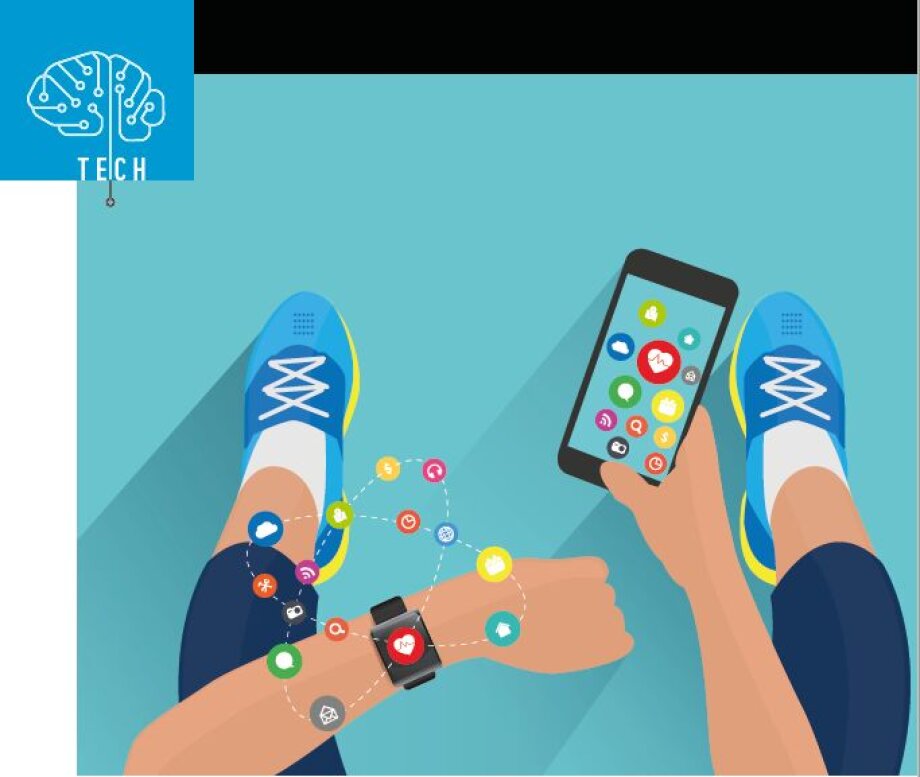Who hasn’t put off going to the doctor for regular checkups? Usually, it’s because we are too busy to be bothered, or because we just don’t feel like being poked and prodded if there is no immediate threat to our health. But this year is different. This year going to the doctor can be a risky endeavor. The fear of coming in contact with Covid-19 is a major detractor for many patients. People have been putting off planned surgeries, important tests and vaccinations. Even if we do want to go, it’s not that simple either. Private and public health care providers have been recommending telemedicine consultations instead of regular appointments, in order to limit the risk of the infection spreading. Some tests, such as stress ECG (also known as a treadmill test) are still unavailable for patients unless it is urgently needed.
Scheduling a phone call with your doctor has become the first order of business for patients these days. Many rightly wonder how reliable a 15-minute phone conversation can be and whether it can really replace a standard checkup. Telemedicine is definitely a vital stopgap when dealing with a pandemic, but could it become more than that? What solutions would we need to implement for telemedicine to become a permanent fixture, convenient and safe but also reliable enough so that doctors can accurately diagnose conditions and make informed recommendations?
First of all, telemedicine is not supposed to replace face-to-face appointments with your doctor. At least not yet. “From the experiences we have at Medicover [a private provider of diagnostic and healthcare services in CEE], allowing a patient to contact their doctor via e.g. chat or mail, significantly increases patient’s safety, improves health care and first and foremost, eliminates thousands of unnecessary appointments, where patients just want to ask about the dosage,” says Dr Piotr Soszyński, strategic medical advisory director at Medicover Polska. As much as a quarter of all appointments among primary care physicians focus on simple problems, such as checking test results, issuing a prescription or ordering more tests, all of which can be dealt with remotely. Indeed, this year has shown that a wide variety of issues can be handled over the phone. And more technological options will expand the range of medical help we receive via chat or phone.
WEARABLES ON THE RISE
Tech companies and startups have been striving to offer novel technologies that could improve the standard of care amid the pandemic. Two out of three winners in this year’s Infoshare Startup Contest are in fact medtech companies: UKbased iLoF – Intelligent Lab on Fiber and Madrid-headquartered Medicsen, which has created the first needle-free and wearable drug delivery device, called Medicsen Smartpatch. Polish medtech startup GlucoActive which has developed a non-invasive wearable glucometer for diabetic patients also made it to the finals in the Infoshare competition. Infoshare states on its website that it is the biggest tech conference in CEE. The last conference was held online toward the end of September.
There are already plenty of medical wearable solutions either being developed or already marketed, which help detect epileptic seizures before they occur, monitor hypertension, prevent asthma attacks and even monitor women’s cycles to help them get pregnant. Wearable medical devices may quite soon become a standard in providing patients with essential health care, especially when regular appointments are oftentimes too risky or inaccessible. Between 2014 and 2018, the use of wearable devices in the US grew from 9 percent to 33 percent of the population, according to Accenture, a multinational professional services company. And the popularity of Fitbits – an American consumer electronics and fitness company – and smartwatches that can monitor our vitals, such as heart rate, continues to grow. According to the financial and business news website Business Insider, over 80 percent of consumers are willing to use wearables to monitor their health and fitness.
Of course, there is a giant leap between patients using wearables to stay on top of their health and doctors being able (and legally allowed) to use their collected data for diagnosis and treatment. But perhaps the experiences of 2020 will have taught us that we are quite capable of making headway and adapting to new conditions when faced with an unforeseen threat and adversity.

















